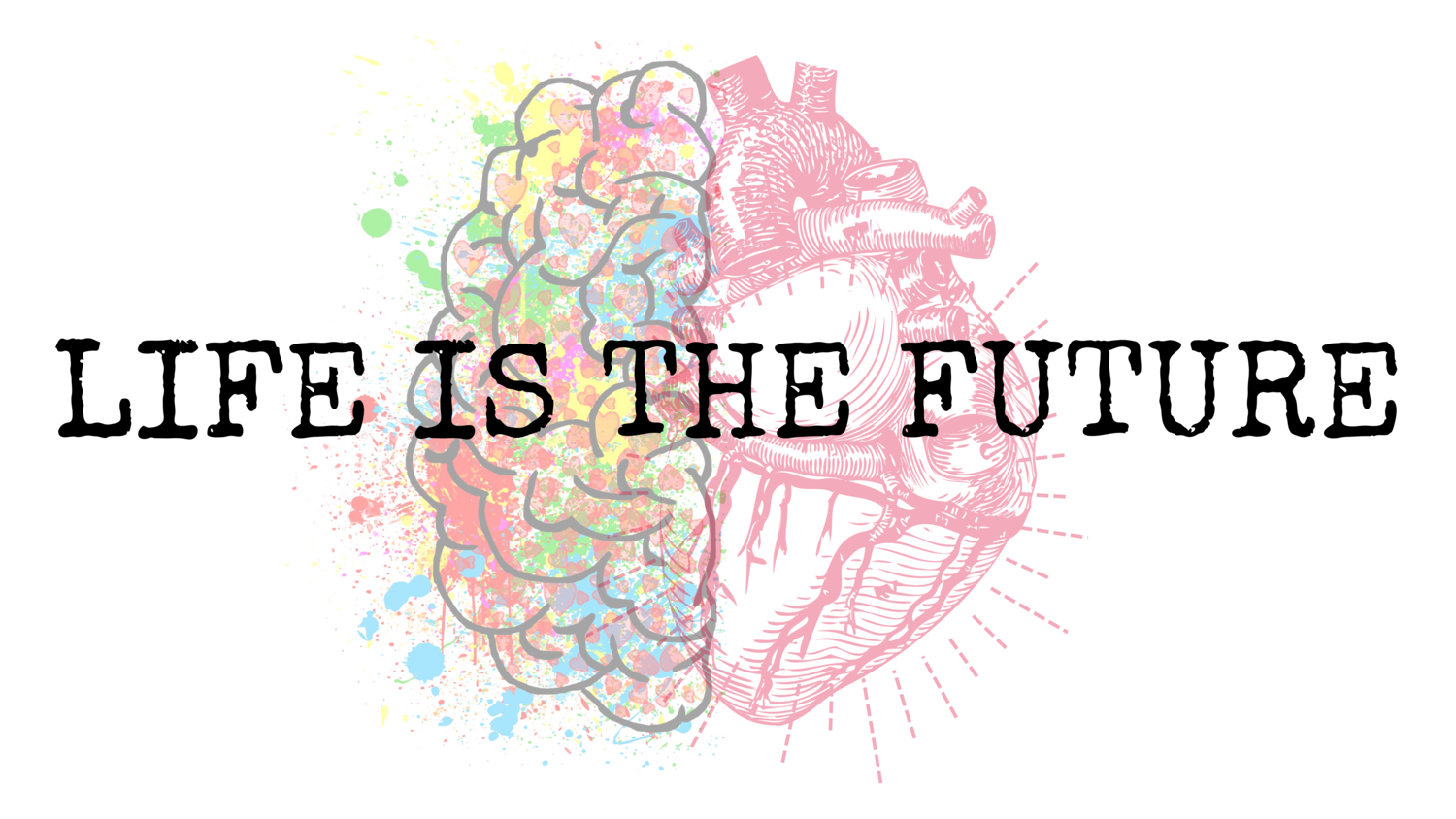Social Labels
by James Toland
For more than a decade I had taught a unit about Social Labels. The base novel was the novel Monsterby Walter Dean Myers. In the book, the main character Steve is hanging out with the wrong people and gets caught up in this crowd. This group commits a robbery and murders the store owner in the process. The book centers around the question: did Steve do what he was accused of doing? (which is acting as a “lookout” in the commission of this crime)
What I like about this story is that it focuses heavily on social and self labels. There are the social labels that Steve fights against such as: criminal, felon, murderer and monster. And the self labels he desperately tries to cling to: brother, son, student, filmmaker and innocent. As an offshoot of this book, I show the class an episode from the television show 30 Daysproduced by Morgan Spurlock of Supersize Me fame. In the episode we watch, a man from West Virginia who is a white, Christian, beer-drinking, pork-eating American is sent to live in the most heavily Muslim populated area of the United States, Dearborn, Michigan.
The man goes into the 30 days with some obvious preconceived notions and reservations about spending a month with a family and a culture he doesn’t understand and has been mostly villainized in our media. What he learns about the Muslims is that nearly all of them are peaceful and loving and that the teachings of Islam are not violent or anti-American.
In regards to the class, I challenge them to look at people for who they are, not what someone on television or social media might tell them about that person or group.
This stems also from a social experiment I did a few years back pertaining to sports teams. Our culture draws such definite lines when it comes to sports team allegiance (Cardinals v. Cubs, Yankees v. Red Sox, Bears v. Packers, Lakers v. Celtics, etc . . . ) that people will make judgements about others based on the hat or shirts they wear.
Ever been cut off in traffic and look up to see a Cubs bumper sticker on the back of the car then think to yourself, “typical Cubs fan?” This kind of “knee-jerk” reaction is based on a bias that was probably learned from years of pro-Cardinal, anti-Cub conditioning. (Obviously you can insert any two rival teams into this example).
The premise of this unit was an experiment that I conducted in 2008. Since it was the 100th anniversary of the last time the Cubs had won the World Series, I, a die-hard lifelong Cardinals fan, switched my allegiance to the Cubs for the entire year and tracked the reactions of friends, family and the public. It went so far as to being a feature in the local newspaper which garnered very hostile reactions from the community (this is all true, you can google it).
It might seem like a simple thing to one day wear a tee shirt which reads Cardinals then the next day wear a shirt that reads Cubs. In essence it is. I literally changed my shirts and hats and was exactly the same person. But if you understand the “rules” of sports fanaticism then you’ll understand that the reaction was predictable; people freaked out. I was called names, threatened and told that I would never be welcomed by either fanbase ever again.
The end result was that I was so put off by the reaction of th`e fans that I honestly lost my interest in baseball. I did learn that being a fan of the Cubs is a truly passionate and dedicated life that I admire and respect very much.
No matter if it’s the book Monster, the show 30 Days or walking a mile in the shoes of your sworn sports team enemy, a lot can be learned when we put aside our quick-to-judge attitudes and let go of our preconceived notions of social labels that limit our ability to get to know people for who they really are, not what they look like or wear.
It’s dangerous to judge books by their covers; even if you are only browsing at a bookstore.

